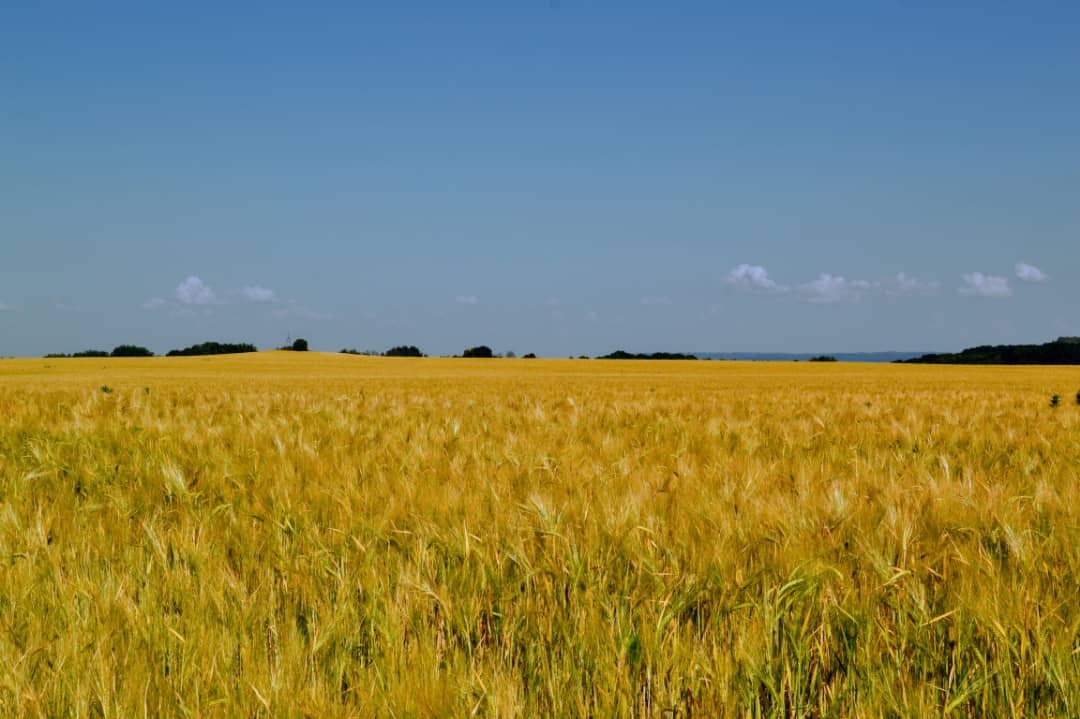Calcium and sulfur source for plants

Agricultural gypsum as a calcium and sulfur source for plants
Agricultural gypsum (as a calcium and sulfur source) is a very soft mineral composed of Calcium Sulfate Dihydrate (CaSO4 2H2O. ) that is naturally present in various deposits in our country. It has been used in agriculture even since the time of the Greeks and the Romans. The gypsum is made up of 79% Calcium Sulfate and 21% molecular water. Calcium content (Ca) is from 18 to 23% while Sulfate is from 16 to18%, the pH is from 7to 8.
Agricultural Gypsum sources
Agricultural gypsum has a lower solubility than Calcium Nitrate. however it is 200 times higher than agricultural lime as it is approximately 2.5 g/L. Gypsum for agriculture use comes from different sources. In Mexico, for example, the main source of agricultural gypsum is mining (geological deposits). while in the United States it occurs mainly through recycling of drywall. In some Asian countries it is called gypsum fertilizer.
The main elements used by the plant for its metabolic processes are Carbon(C), Hydrogen(H), Nitrogen(N), Phosphorus (P) and Potassium (K). The elements that are considered as secondary, but not for that less important are Calcium (Ca) and Sulfur (S). The functions and benefits of good levels of Calcium and Sulfur in crops are well known. For example, in Tomato(Solanum lycoperscum), Calcium consumption, at certain times of the crop is more demanded even than Nitrogen (N).
Agricultural Gypsum solubility
Although agricultural gypsum is considered to have limited solubility (2.5 gr / 100 ml of water). recent research associates the size of the material with its efficiency as a source of calcium. The smaller the gypsum particles are, the more specific surface area is available. so that it can perform its functions in the soil and its solubility is facilitated. It is considered that the minimum size for it to work efficiently is below 0.149 mm. which is equivalent to 149 microns or 100 mesh (100 Mesh). Above that size its effectiveness decreases.
In order to be able to take advantage of Calcium and Sulfur, the following process must be given. CaSo4 2H20 dissociates into Calcium ions (Ca++) and Sulfate (SO4=) forming a solution with SO4=. that is absorbed by the root, while the Ca++ ions remain momentarily in the soil colloid. Once the soil has the Ca++ ions in solution, they remain available to be absorbed by the plant.
When Ca++ ion is absorbed from soil, it will be replaced by one of the Ca ions from the colloid. Therefore the root only absorbs the ions that are in the soil solution. colloid and soil usually maintain a balance of these ions. the Ca++ ions (and the other ions such as the K+ and the Mg++) in the solution.
The mechanism by which the plant “feeds” is convection or well called mass flow (Mass Flow). The percentage content of Calcium in the Agricultural Gypsum ranges from 18% to 22%. while the sulfur content ranges between 16% and 18%. Therefore it is an extremely economical source of Calcium. In the case of organic agriculture, it is one of its main sources.
